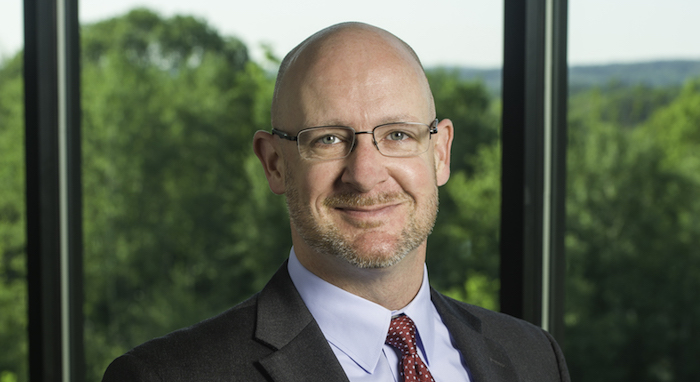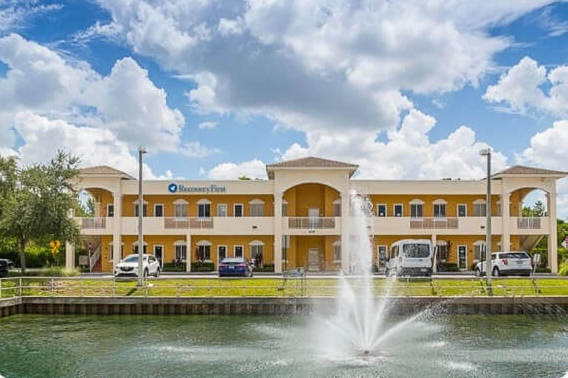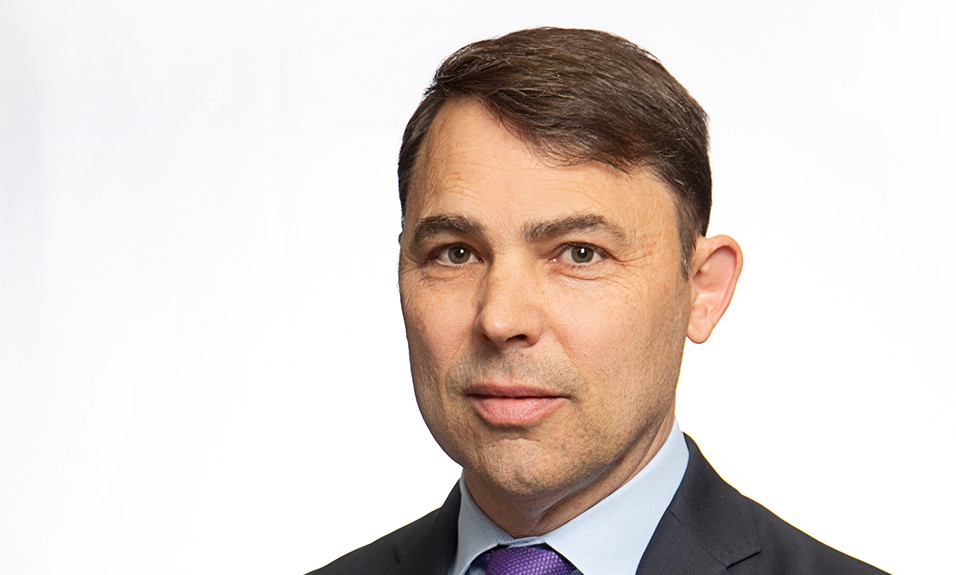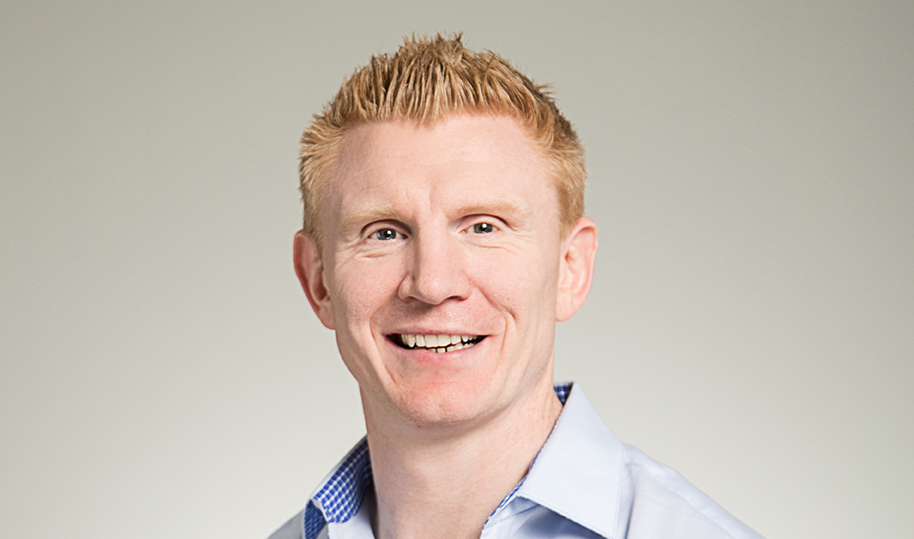Jeffrey Baxter, chief medical officer of the Massachusetts-based treatment provider, talks about how he and his colleagues are working to prevent people from falling through the cracks
By Jenny Diedrich
The goal of a new rapid access addiction treatment center operated by Worchester, Mass.-based Spectrum Health Systems is to provide on-demand medication, mental health and recovery support right when patients need it, with no wait times or treatment barriers.
This month, Spectrum Health Systems opened its second on-demand treatment center in Framingham, Mass. The new program, formed in partnership with the Massachusetts Department of Public Health, is a “hub and spoke” model of care for those struggling with addiction.
“[With our first rapid access center], the state set a goal for us to treat 200 patients in the first two years,” says Spectrum Health Systems chief medical officer Jeffrey Baxter, MD. “We reached that goal very quickly after year one. The demand is there. Too many people run into treatment barriers or fall through the cracks.”
Spectrum’s outpatient treatment center provides immediate access to buprenorphine and naltrexone, along with mental health and recovery support navigator services for opioid and/or stimulant use disorders. Once stabilized, patients are transitioned to another community provider or any of Spectrum’s outpatient treatment centers for continuing care closer to home.
TreatmentMagazine.com recently talked with Baxter about the benefits of rapid access treatment and the types of patients it can help.
Q. What services does Spectrum Health Systems provide?
A. In general, Spectrum has four main divisions. We have a very large outpatient division that includes 15 outpatient sites throughout Massachusetts. They are primarily opioid treatment and methadone maintenance programs. We have two inpatient campuses in Massachusetts. We have a very large, growing prison-based division, which is now delivering medication treatment in jail and prison settings. That’s relatively new here in Massachusetts in the last two years. Lastly, we have a national, corrections-based behavioral jail and treatment-based program for addiction treatment.
Q. What is the focus of Spectrum’s rapid access treatment centers?
A. The goal is to provide rapid access, low-barrier treatment to people seeking treatment for opioid use disorder [OUD]. We will treat other substance use disorders as well. The idea is that we want to capture people when they’re ready. The way we do that is to provide walk-in access. They can walk in and start medications the same day.
This model has been around in other places for a number of years, but in Massachusetts the state Department of Public Health funded this model specifically because people had been starting treatment in hospitals, jails and emergency rooms, and then found they had nowhere else to go. One of the major functions is to provide bridging care for people who are early in the stabilization phase but haven’t established a home base yet.
Q. Can you describe the “hub and spoke” model of care?
A. As background, the “hub and spoke” language originated with a model in Vermont. Because it’s such a rural state, they brought people into central hubs. Once they were stabilized, they sent them out to treatment in their home areas.
“We treat anyone regardless of their ability to pay and their home area. They don’t have to be from our region. Our goal is to get them stabilized and work to get convenient treatment in their home regions. They come to the ‘hub’ to get stabilized, and if they want to, they get referred out to ‘spoke’ treatment in their home areas.”
—Jeffrey Baxter, chief medical officer, Spectrum Health Systems
We’re really offering the same service. People come to us, and we treat anyone regardless of their ability to pay and their home area. They don’t have to be from our region. Our goal is to get them stabilized and work to get convenient treatment in their home regions. They come to the “hub” to get stabilized, and if they want to, they get referred out to “spoke” treatment in their home areas.
Q. What types of patients can benefit from rapid access treatment?
A. I’ll share two patient examples. Patient A is not in treatment yet. They have an OUD and are actively using. They can come in, have a full evaluation with a doctor and a clinician. We can help them choose a medication that will help them stabilize and will get them started the same day. Because we have some support from the state, we don’t have to worry if they have insurance. It’s what we call low-barrier treatment. If they show up and they want it, they can start right away. We can help them apply for insurance. If they’re homeless, we can help find a residential treatment center.
We do everything we can in about the first month and then send them on. We can get almost everything done to get people settled within about a month. That will give us enough time to find a home base. We’ve found that most of the patients stay with us even if they end up coming from far away. In our experience, it’s been that if they have transportation, it’s just as easy for them to come to us for appointments, and they’re comfortable with us.
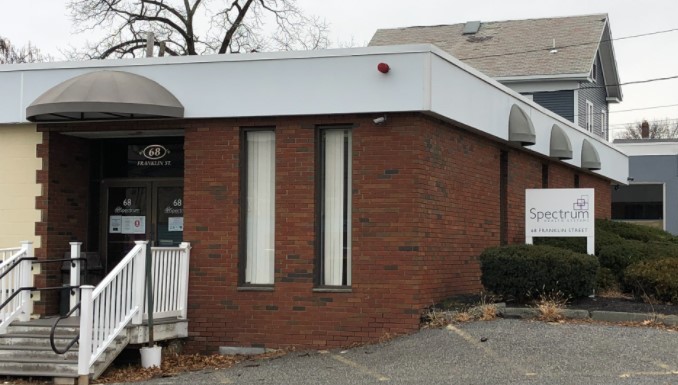
Patient B went to an ER after an overdose. With new protocols, ERs are trying to start people on medication before they leave. One of the challenges is that sometimes there are no programs in [the patient’s] home area, or long waitlists, or the programs don’t take their insurance. It can take a long time for patients to figure out all those variables. We’re able to take in anyone. The goal is to never let them have an interruption in their treatment. They see a doctor, a clinician, and follow the same process. A lot of programs are more willing to take people in if we’ve already done the hard work of getting them started.
We definitely work to get the word out, because that’s a challenge for ERs and hospitals. When these new protocols went into play, the biggest concern was, “Where do they go after we get them started?” As long as they can get to us, we can get them stabilized and set up in a home program. The same for the jails. Sometimes people are released from jail very unexpectedly. In an ideal world, there’s time for planning, and someone inside the jail will get everything set up for them. [But] when you’re in jail and offered a release, you don’t say no. People often are released without all the treatment pieces in place.
Q. What are the benefits of this model?
A. Number one is catching people when they’re ready. We want to provide immediate access and not throw any barriers in the way. Insurance is tricky. Insurers often restrict what offices you can go to or who you can see. We break down that barrier. The immediacy of it and the open doors are key.
“I really find it rewarding to work with patients whom other providers might dismiss. I choose to work with vulnerable populations. I continue to search for ways to break down barriers.”
—Jeffrey Baxter
One thing that is unique about Spectrum is we also have access to our full continuum of care. If [patients] need inpatient treatment, we can get them right into inpatient. If they started a medication that’s not working for them, we can get them into our methadone program. The fact that we have a full network of care behind us makes this even more effective.
Q. Can you share a recent success story at Spectrum Health Systems?
A. A mother of a 17-year-old called our office on a Monday morning about six months ago. Over the weekend, her son had disclosed that he had an active OUD. He was really scared, was getting sick all the time, and didn’t know what to do. Our team said to her, “If you can get here, we’ll take care of him.” She brought in the 17-year-old, and he was just so sick. I asked him when was the last time he had used, and it had been 48 hours. He was in a panic and didn’t know what to do. He’d never been in treatment before, and we talked to him about options. With his parents’ support, he decided to try buprenorphine.
I admitted him on Monday and followed up on Wednesday. The transition was miraculous. He was so relieved that he felt better. That’s not the end of the story. We’ve worked with him for six months to keep him drug-free. But the fact that the mother was able to call in that morning, bring in someone who was underage and [we could] offer immediate access—that’s the goal of this treatment model. He was transferred to one of my colleagues, and he’s still hanging in there and doing great.
Q. What do you personally find rewarding about your work?
A. This work is a privilege for me. I do this full-time and have been supporting people with substance use disorder for about 15 years. It’s rewarding to see people come in with life-threatening conditions and see them stabilize so quickly. Substance use treatment is one of the few areas where we have tools that work quickly. I’m almost a little spoiled because I have things that work well. The challenge is helping them stay better.
I really find it rewarding to work with patients whom other providers might dismiss. I choose to work with vulnerable populations. I continue to search for ways to break down barriers. Helping more people get into treatment who might not have access to it otherwise—that’s my focus.


